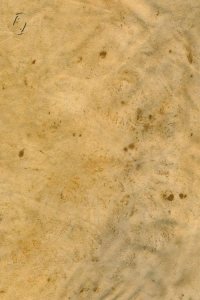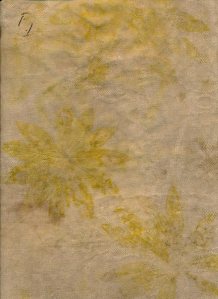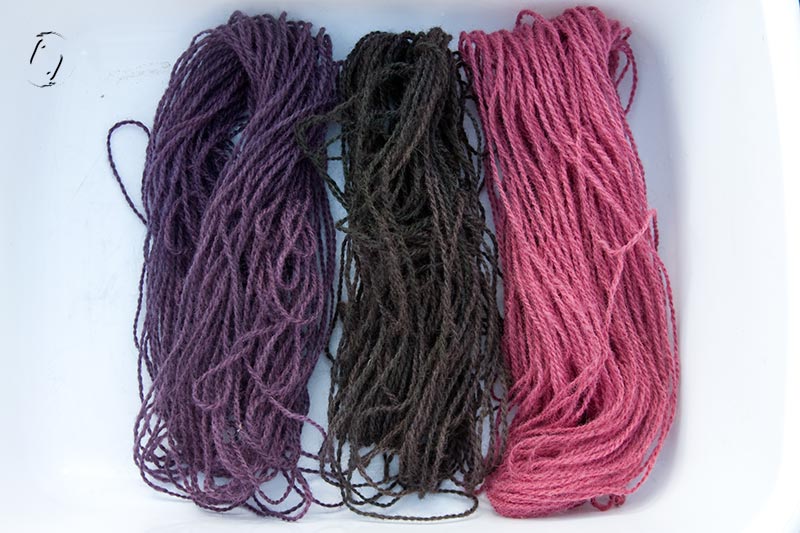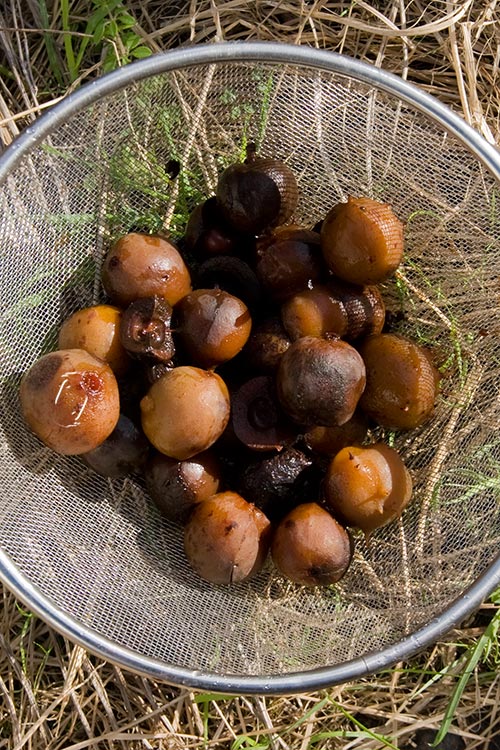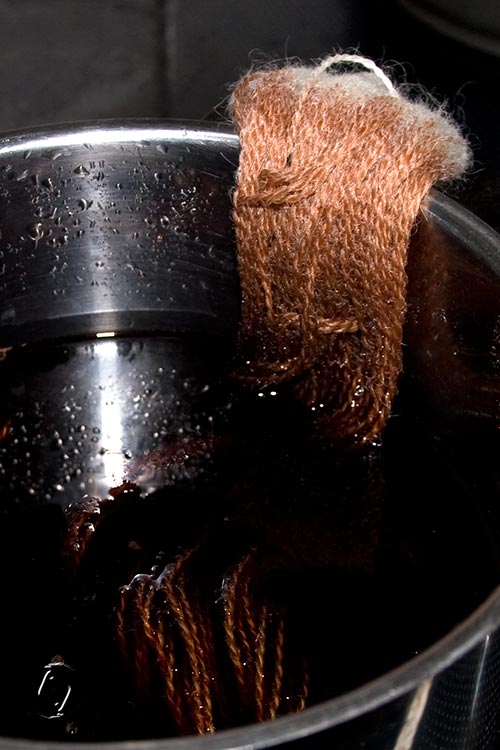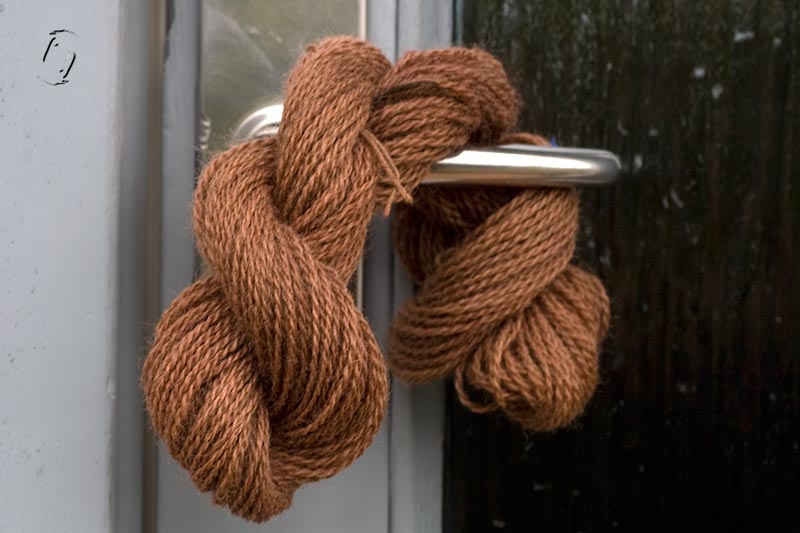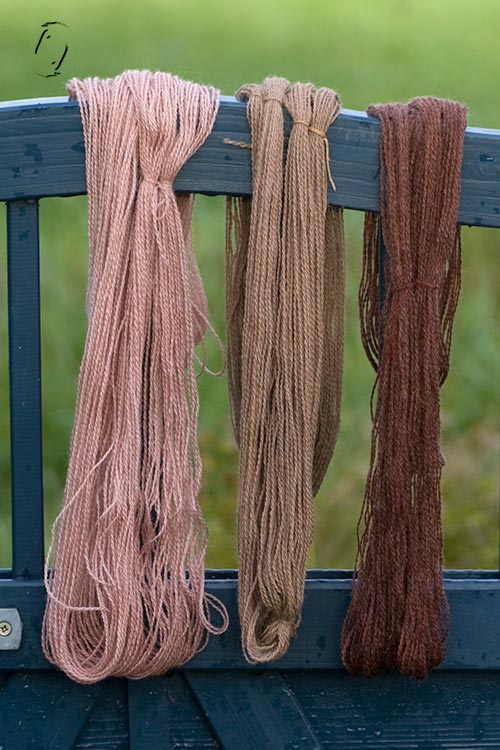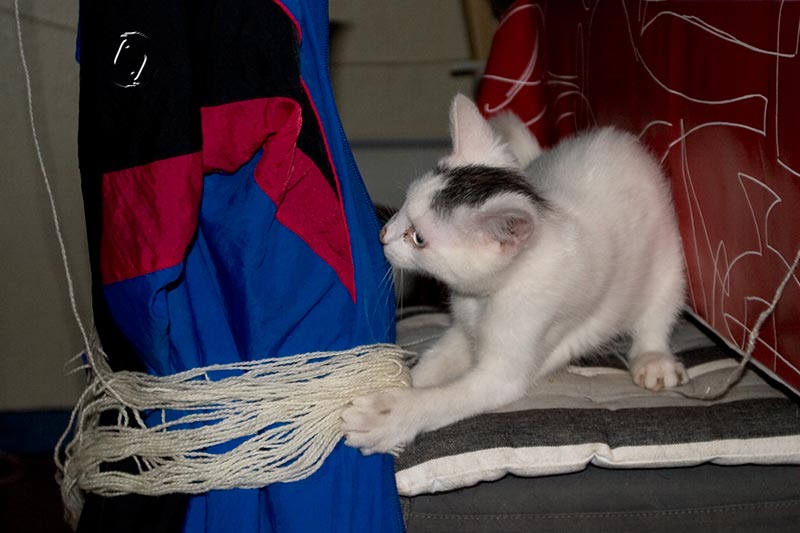Time for the last set of plant print experiments! I wasn’t really inspired to attempt any nice photography, so I just popped them in the flatbed scanner for you.
Sheet from last batch as well as the “mystery fabric that doesn’t take any colour” (I think we’ll just call it Homer from now on) had a bath in aluminium acetate then some powdered madder root and a handful of dried hollyhock heads, and the sheet, previously dyed brown from longterm exposure to celandine, had a short bath in – well, celandine. Not a lot of improvement, so I wrapped it up with some fern leaves. Nothing much happened for weeks, so I steamed it. And if you squint you might just be able to see a weak fern pattern…. Mostly, what I got was a bunch of brown, mouldy fabrics smelling like a cow’s a*se.
The raspberry leaves did print nicely – from the top side of the leaves only, the fabric covering the back of the leaves have 0 change. And, well, the lupine leaves? yawn…..
I actually think I’m giving up on this. Rose leaves gave me nothing. Alchemilla mollis, nothing.
I may however, decide to try with paper, after reading this blog. Tell me it isn’t cool!
http://wendyfe.wordpress.com/tag/eco-prints-on-paper/
Of course, I’m rapidly running out of leaves, so this will be for another year. Tomorrow I’ll go check if any more of these are still up (and no, I can’t imagine they’ll actually print red)
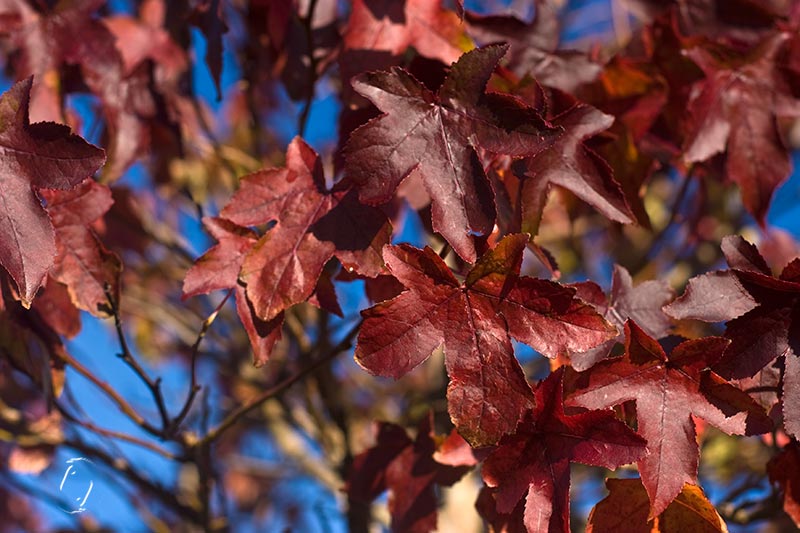
Plantefarvning på stof
Tid til flere eksperimenter inden sæsonen er slut! Lupinblade og bregner rullet ind i bomuld. Forsøgte mig også med rosenblade – ingenting skete. Faktisk skete der absolut ingenting med nogen af mine forsøg ved at blot lade stoffet ligge med planter i og holde det fugtigt, så jeg prøvede at dampe/koge et par stykker. Hindbærblade virkede ligeså godt som egeblade, men kun fra forsiden. Tørrede stokrosehoveder var derimod forbavsende gode, glæder mig til at farve garn med dem.
Og der sker lige nøjagtig ikke ret meget, ud over at det begynder at stinke efter en måneds tid, så nu tror jeg ærlig talt ikke jeg gider prøve igen lige foreløbig, slet ikke på bomuld i hvert fald.


